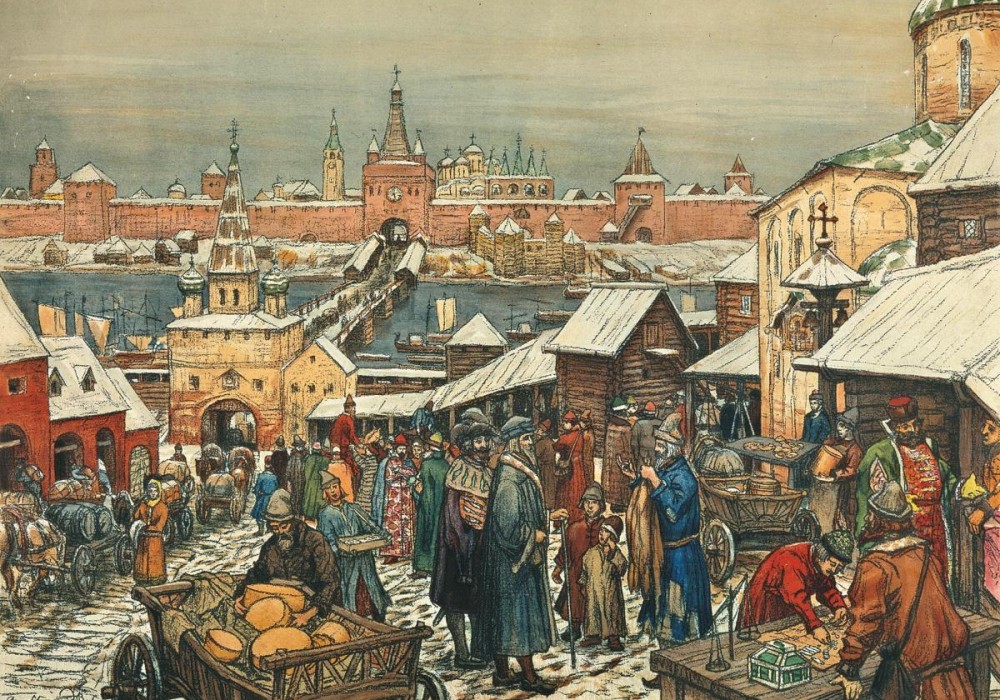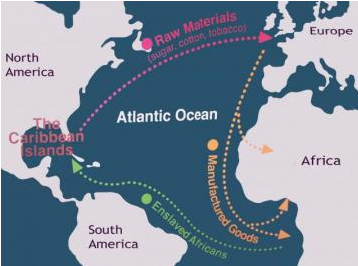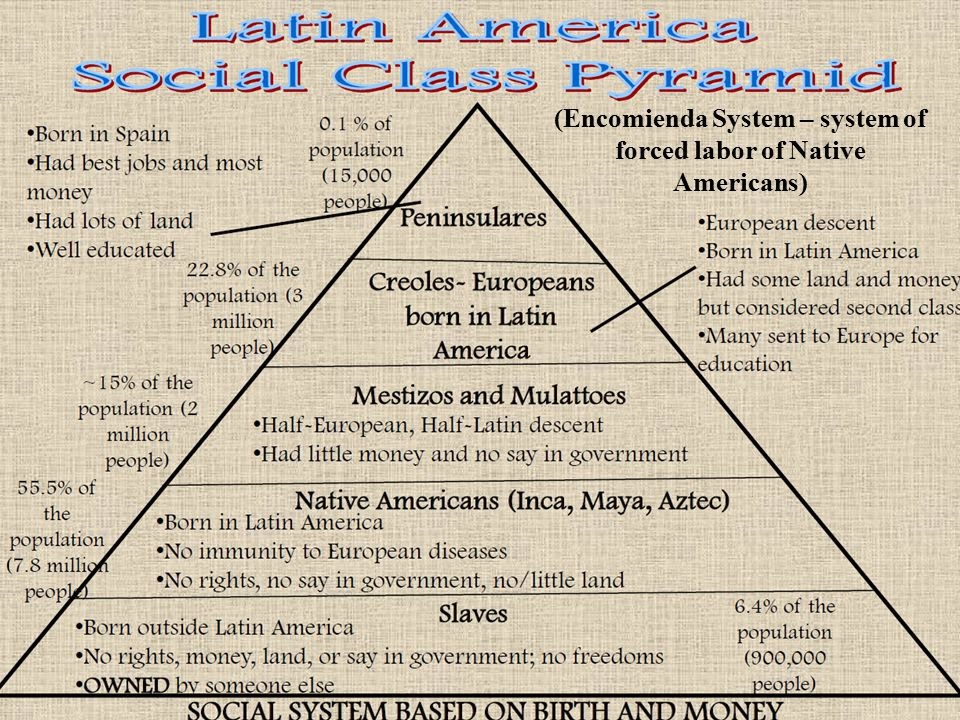4.5 Maritime Empires Maintained and Developed
7 min read•january 13, 2023
Dalia Savy
Amanda DoAmaral
AP World History: Modern 🌍
577 resourcesSee Units
4.5 Required Content
Thematic Foci:
- Governance - A variety of internal and external factors contribute to state formation, expansion, and decline. Governments maintain order through a variety of administrative institutions, policies, and procedures, and governments obtain, retain, and exercise power in different ways and for different purposes.
- Economic Systems - As societies develop, they affect and are affected by the ways that they produce, exchange, and consume goods and services.
- Social Interactions and Organization - The process by which societies group their members and the norms that govern the interactions between these groups and between individuals influence political, economic, and cultural institutions and organization.
- Cultural Developments and Interactions - The development of ideas, beliefs, and religions illustrates how groups in society view themselves, and the interactions of societies and their beliefs often have political, social, and cultural implications.
College Board Learning Objectives:
- Explain how rulers employed economic strategies to consolidate and maintain power throughout the period from 1450 to 1750.
- Explain the continuities and changes in networks of exchange from 1450 to 1750.
- Explain how political, economic, and cultural factors affected society from 1450 to 1750.
- Explain the similarities and differences in how various belief systems affected societies from 1450 to 1750.
Historical Developments:
- KC-4.1.IV.C - Mercantilist policies and practices were used by European rulers to expand and control their economies and claim overseas territories. Joint-stock companies, influenced by these mercantilist principles, were used by rulers and merchants to finance exploration and were used by rulers to compete against one another in global trade.
- KC-4.3.III.ii - Economic disputes led to rivalries and conflict between states.
- KC-4.1.IV.D.i - The Atlantic trading system involved the movement of goods, wealth, and labor, including enslaved persons.
- KC-4.1.IV - The new global circulation of goods was facilitated by chartered European monopoly companies and the global flow of silver, especially from Spanish colonies in the Americas, which was used to purchase Asian goods for the Atlantic markets and satisfy Chinese demand for silver. Regional markets continued to flourish in Afro-Eurasia by using established commercial practices and new transoceanic and regional shipping services developed by European merchants.
- KC-4.2.II.A - Peasant and artisan labor continued and intensified in many regions as the demand for food and consumer goods increased.
- KC-4.2.III.C - Some notable gender and family restructuring occurred, including demographic changes in Africa that resulted from the trade of enslaved persons.
- KC-4.1.IV.D.ii - The Atlantic trading system involved the movement of labor—including enslaved persons and the mixing of African, American, and European cultures and peoples, with all parties contributing to this cultural synthesis.
- KC-4.1.VI - In some cases, the increase and intensification of interactions between newly connected hemispheres expanded the reach and furthered development of existing religions, and contributed to religious conflicts and the development of syncretic belief systems and practices.
A Continuation of Mercantilism
Mercantilist policies of the time maximized exports and minimized imports so a state could have more silver and gold on hand. These policies forced colonies to only import goods from their colonizer.
The changes in economic policy and increased trade led to innovations in finances, business, and banking.
Commercial Revolution
The worldwide transformation into a trade-based economy using gold and silver is known as the Commercial Revolution, which had four main causes:
- Development of European colonies overseas
- Opening of new trade routes over the Atlantic and Pacific
- Population growth, which increased demand for goods
- Inflation caused by increased mining
The Commercial Revolution was characterized by a growth in trade and commerce, the development of new forms of credit and currency, and the growth of cities and urban centers. It had a significant impact on European society, as it led to the growth of a new class of merchants and entrepreneurs and the development of a more complex and integrated economy.

As a result of increased trade and mining, prices also increased across the board. This is also known as the Price Revolution. As prices increased, more people went into debt, which was a recipe for revolution in the upcoming century.
Innovations in Finance
To keep up with the new global demand, joint-stock companies were formed. These minimized personal risk as investors pooled money into ventures. It was kind of like an early form of crowdfunding. Rather than one investor risking everything if a ship was destroyed, many investors could split the risk thereby increasing the number of new businesses.
There were two main joint-stock companies. The British East India Company and the Dutch East India Company (VOC). Spain and Portugal had more government than private investment, which is why they didn’t rely on joint-stock companies.
The Dutch were high rollers at this time and played a main role in finance. They established a stock exchange and developed an international currency to facilitate trade. These financial innovations created enormous wealth for the Dutch.
France and England were not as financially stable. Investors were rapidly buying shares based on speculated costs that increased as demand increased. When a large number of these investments failed to return profits, many investors went bankrupt which had rippling effects on the economy.
Triangular Trade
Triangular trade refers to the system of trade that developed between Europe, Africa, and the Americas during the colonial period. Under the triangular trade system, European merchants would trade goods such as manufactured goods, firearms, and alcohol with African traders for enslaved Africans. The enslaved Africans would then be transported to the Americas, where they were traded for raw materials such as sugar, tobacco, and cotton, which were then shipped back to Europe.

Image Courtesy of Project
Effects of the Atlantic Slave Trade
The explosion of the slave trade seriously weakened African kingdoms that had been on the rise before this time. For example, the Kongo was in decline. Slowed population growth also weakened economic production.
Because of this, economic development in Africa was stalled for centuries and these regions were left vulnerable to the imperial conquest of Europeans. Without the slave trade, African kingdoms would have continued to strengthen and could have prevented centuries of turmoil in the region.
Some African rulers were complicit in the slave trade, as they would kidnap slaves and trade them to Europeans in exchange for wealth and guns. This made local rivalries more violent, as different groups competed for the resources and power that were associated with the slave trade.
The Atlantic slave trade also had significant social and cultural impacts on Africa. Most of the slaves who were traded were men, which left a gender imbalance in favor of women in some parts of Africa, such as Ghana and Benin. This led to an increase in the prevalence of polygamy in these societies.
Ultimately, the Atlantic slave trade led to the exchange of new food staples between Africa and the Americas, which increased the population of Africa. However, in some parts of Africa, such as West Africa, the population suffered as people were taken as slaves, leading to a decline in population in these areas.
Effects on Native Americans
The arrival of Europeans in the Americas had a significant impact on the indigenous communities of the region. One of the most immediate effects was the massive depopulation caused by disease. Native Americans did not have biological immunity to the common diseases brought by Europeans, such as smallpox and typhoid, and as a result, these diseases killed up to 90% of the Native population. This had a devastating impact on indigenous communities, as it led to the loss of life and the disruption of traditional ways of life.
The Spanish and Portuguese established colonial governments in the region, and they appointed viceroys to rule each region in conjunction with audiencias, or royal courts. The Spanish and Portuguese also brought their own languages, religions, and cultural practices to the Americas, and these became dominant in the region.
Most of the native literature, art, and languages were completely destroyed, which left very few primary sources from before 1450. The decimation of lands and peoples made it difficult to preserve this history, and as a result, much of the history and culture of the indigenous peoples of the Americas has been lost.
Finally, a new elite class emerged called the creoles. These were people of Spanish or Portuguese descent that were born in the Americas. They were not quite as powerful as Peninsulares, people born on the Iberian peninsula, but had far more powers than any mixed person, Native American, or African slave.

Image Courtesy of AIS Global
Changes in Belief Systems
New syncretic religions emerged that blended native and colonial traditions. Syncretisms happen everywhere, but in the Americas, there are quite a few examples.
- Santeria - West African faith + Roman Catholicism
- Vodun - West African spiritualism brought to the Caribbean
- Candomble - “dance to honor the gods”, Bantu + Brazil
- Virgin of Guadalupe - Indigenous + Catholic
Browse Study Guides By Unit
🐎Unit 1 – The Global Tapestry, 1200-1450
🐫Unit 2 – Networks of Exchange, 1200-1450
🕌Unit 3 – Land-Based Empires, 1450-1750
🍕Unit 4 – Transoceanic Interactions, 1450-1750
✊🏽Unit 5 – Revolutions, 1750-1900
🚂Unit 6 – Consequences of Industrialization, 1750-1900
💣Unit 7 – Global Conflict, 1900-Present
🥶Unit 8 – Cold War & Decolonization, 1900-Present
✈️Unit 9 – Globalization, 1900-Present
✏️Frequently Asked Questions
🚀Thematic Guides
🗺Regional Guides
🤓Historical Thinking Skills
🧐 Multiple Choice Questions (MCQ)
📋Short Answer Questions (SAQ)
📝Long Essay Questions (LEQ)
📑Document Based Questions (DBQ)

Fiveable
Resources
© 2023 Fiveable Inc. All rights reserved.